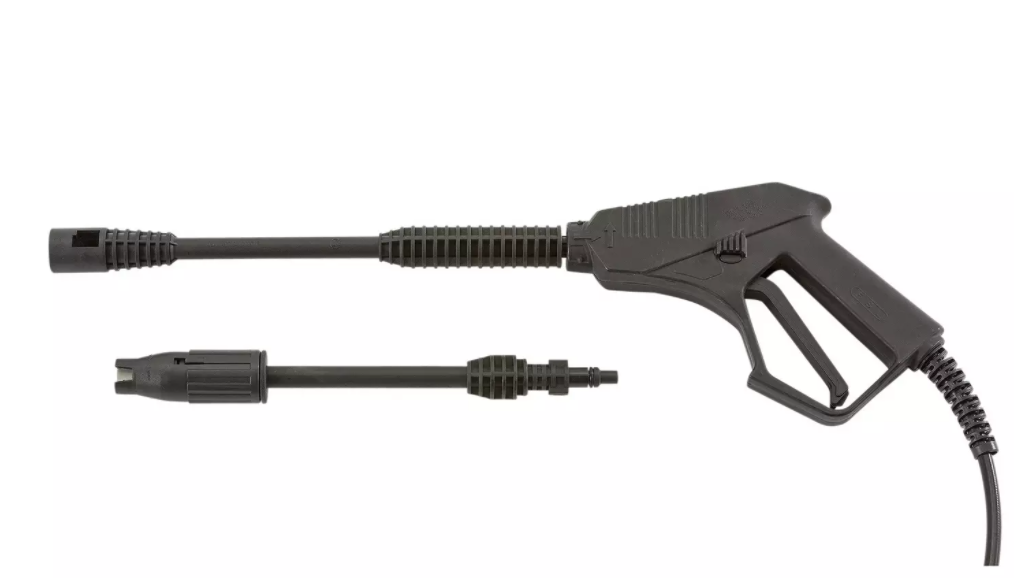There are a lot of questions about how long to take with changing oil in a pressure washer, and there’s no easy answer.
Some pressure washers don’t use oil at all, so the clear answer is that you should take as long as you need to make sure your best pressure washer is operating properly. If you’re not sure whether the oil is bad or if the filter needs changing, it’s probably best to wait until you have some time to do so.
If you are using oil, there are a few variables. Some pressure washers won’t operate at all until the oil has been changed. Others require that the filter be cleaned, which can be done with a piece of paper towel and water. Once again, there’s no “right” answer here — just what works for you.
But if you’re changing the oil in a pressure washer, you’re likely to have to do it more than once. And if you don’t follow the maintenance schedule that came with your machine, the small parts inside can eventually deteriorate and fail under pressure.
So, to get the most out of your pressure washer, make sure you change your oil every 3,000 hours — that’s about a year and a half — or as soon as you notice signs of oil leaks.
Where Do You Put the Oil in a Pressure Washer Pump?
It’s not that difficult to figure out where to put oil in a pump. Basically, you want to put the oil in the place it won’t get wet.
While the exact location of your oil will vary with the make and model of your pressure washer, these are some general guidelines:
- In electric motors: behind the magnet
- In gas engines: near the spark plug
Is it Advisable to Use Synthetic Oil in Pressure Washers?
Synthetic oil is an alternative to the traditional mineral oil used in pressure washers. It’s not the exact same thing, but it is chemically similar enough that it can be used in a pressure washer just like mineral oil. The big difference is that synthetics are slightly more expensive than mineral oil, so if your pressure washer has a higher-priced engine, you should probably go with synthetic oil.
Synthetic oil is not as effective at providing lubrication for an engine as mineral oil, so it’s a good idea to add more than the recommended amount of synthetic oil to compensate for the lower lubrication levels.
Here are some signs that you’re using the wrong type of oil:
The engine overheats. Synthetic oils designed for industrial equipment can withstand much higher temperatures than most engine oils on the market today. In fact, they’ll even work at extreme temperatures such as those found in an autoclave without fail.
The engine smokes and burns rubber when it’s cold. Synthetics have been engineered to work at extremely low temperatures and remain stable even when the temperature drops to -50 degrees Fahrenheit or lower.
The oil smell is overwhelming, or worse, the smell doesn’t go away after the engine warms up again. It might get somehow confusing on whether or not to use synthetic oil, but you can talk to the experts at Giraffetools collections for direct advise about the same.
